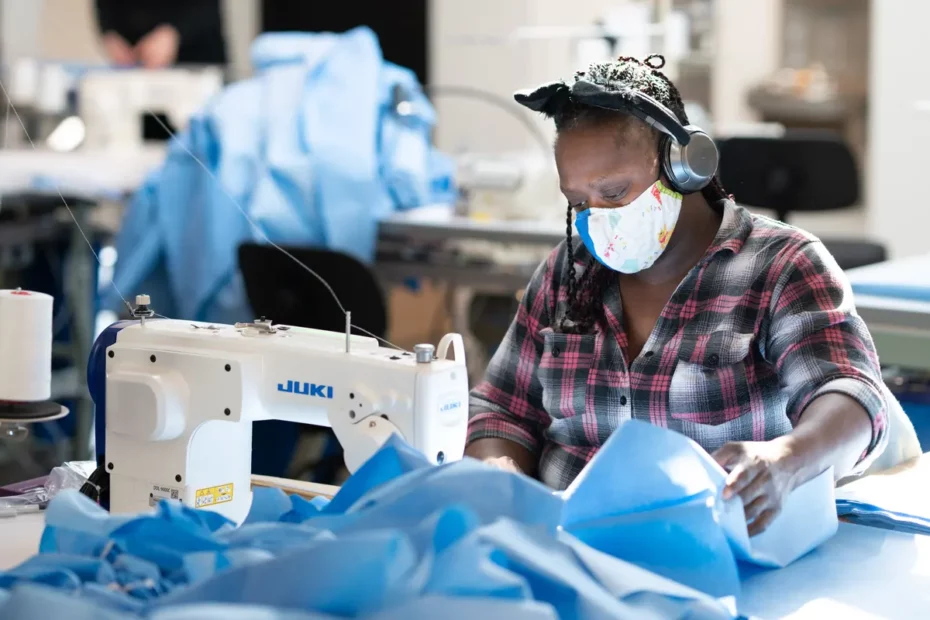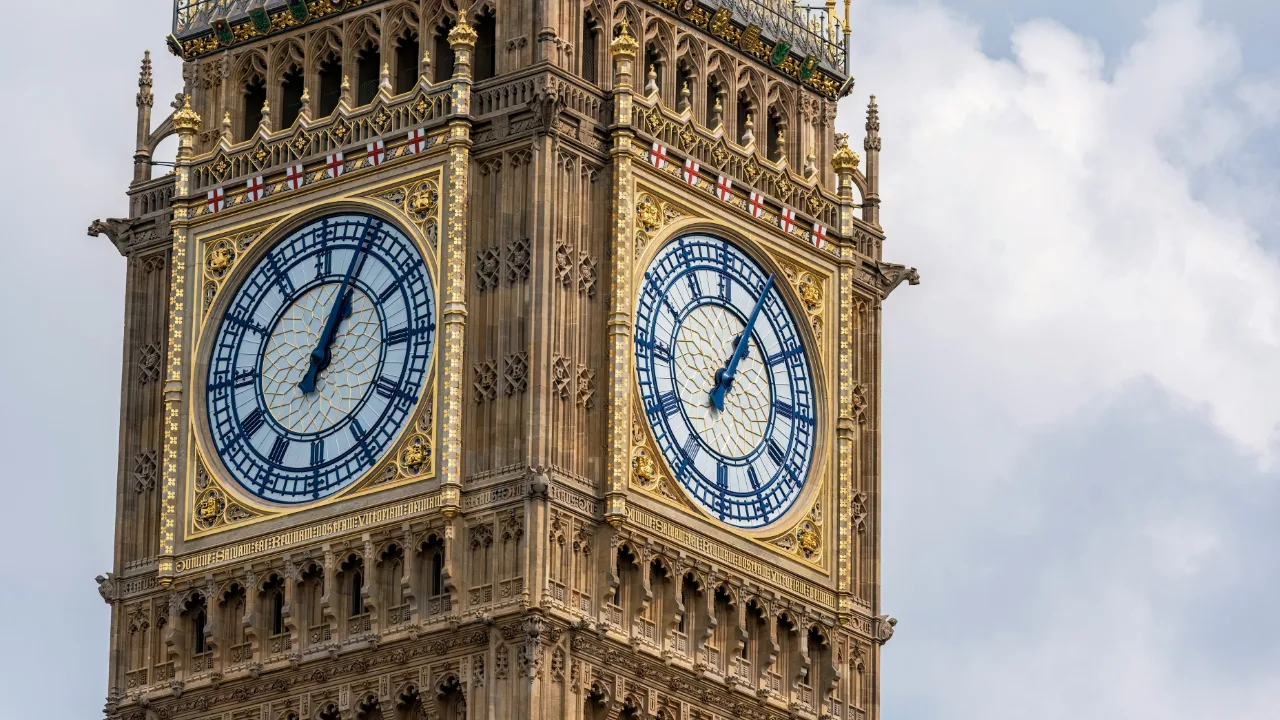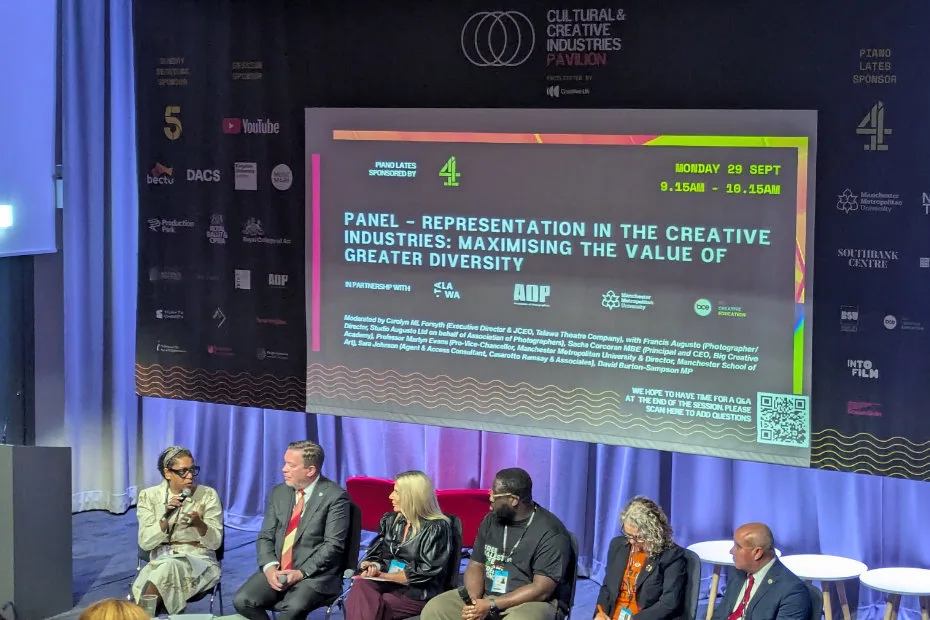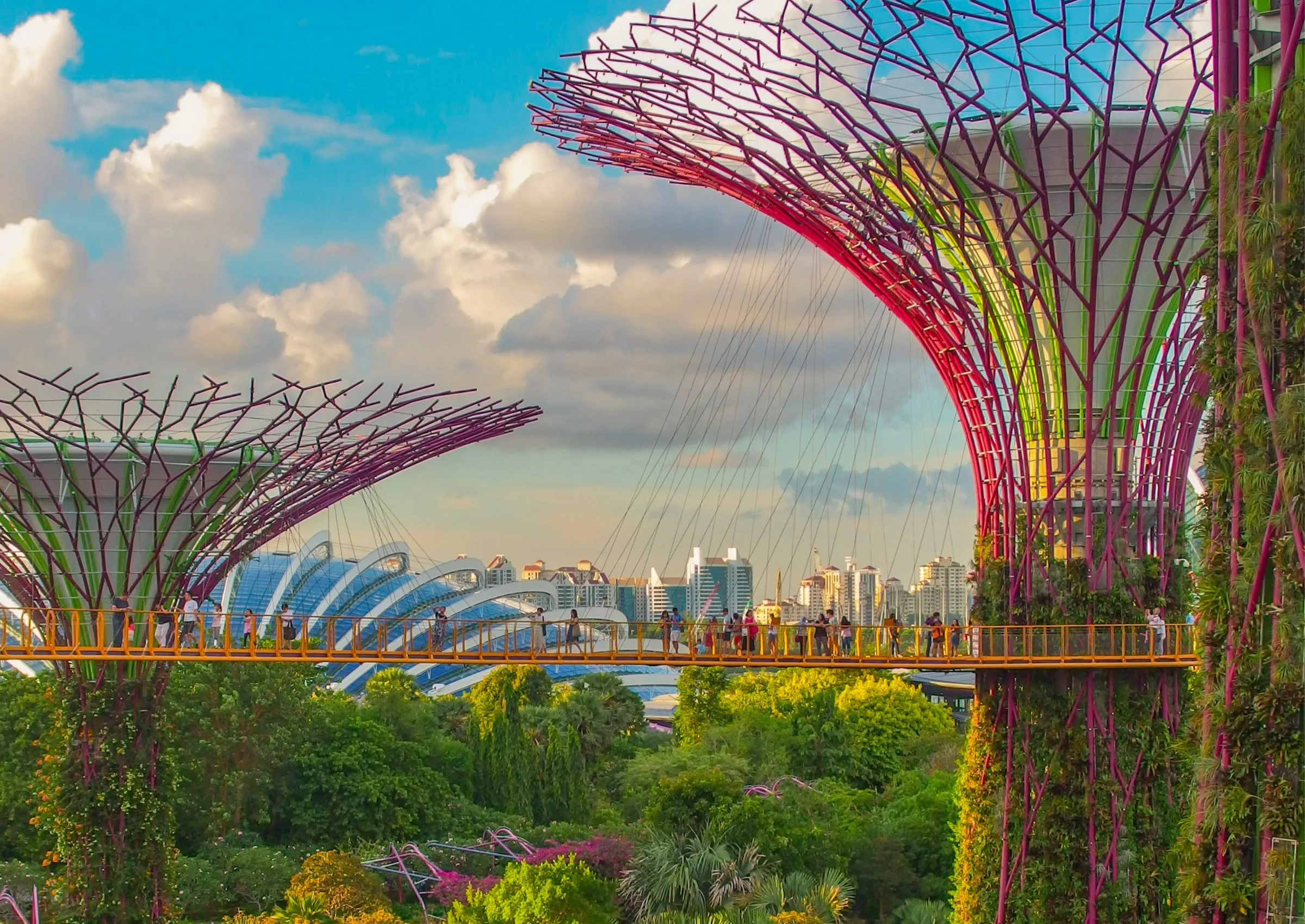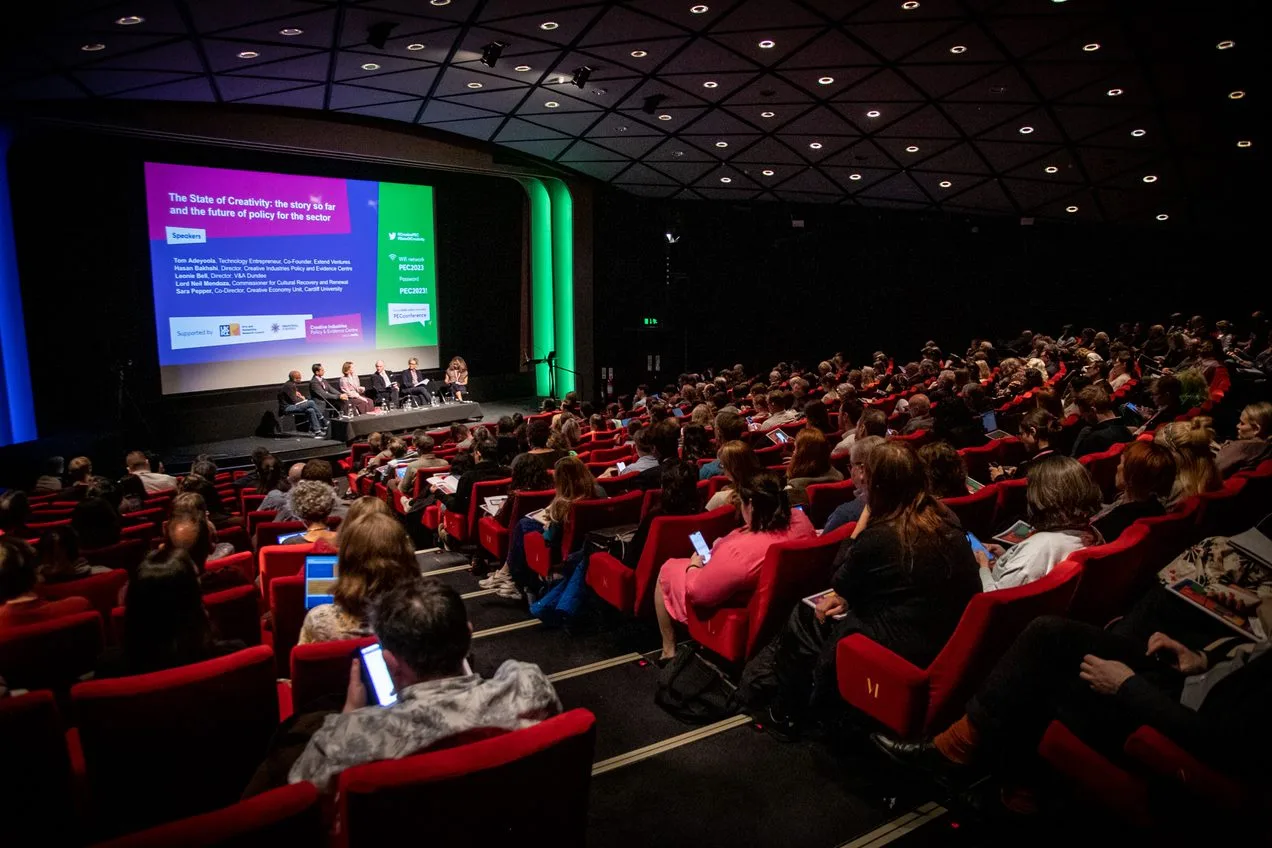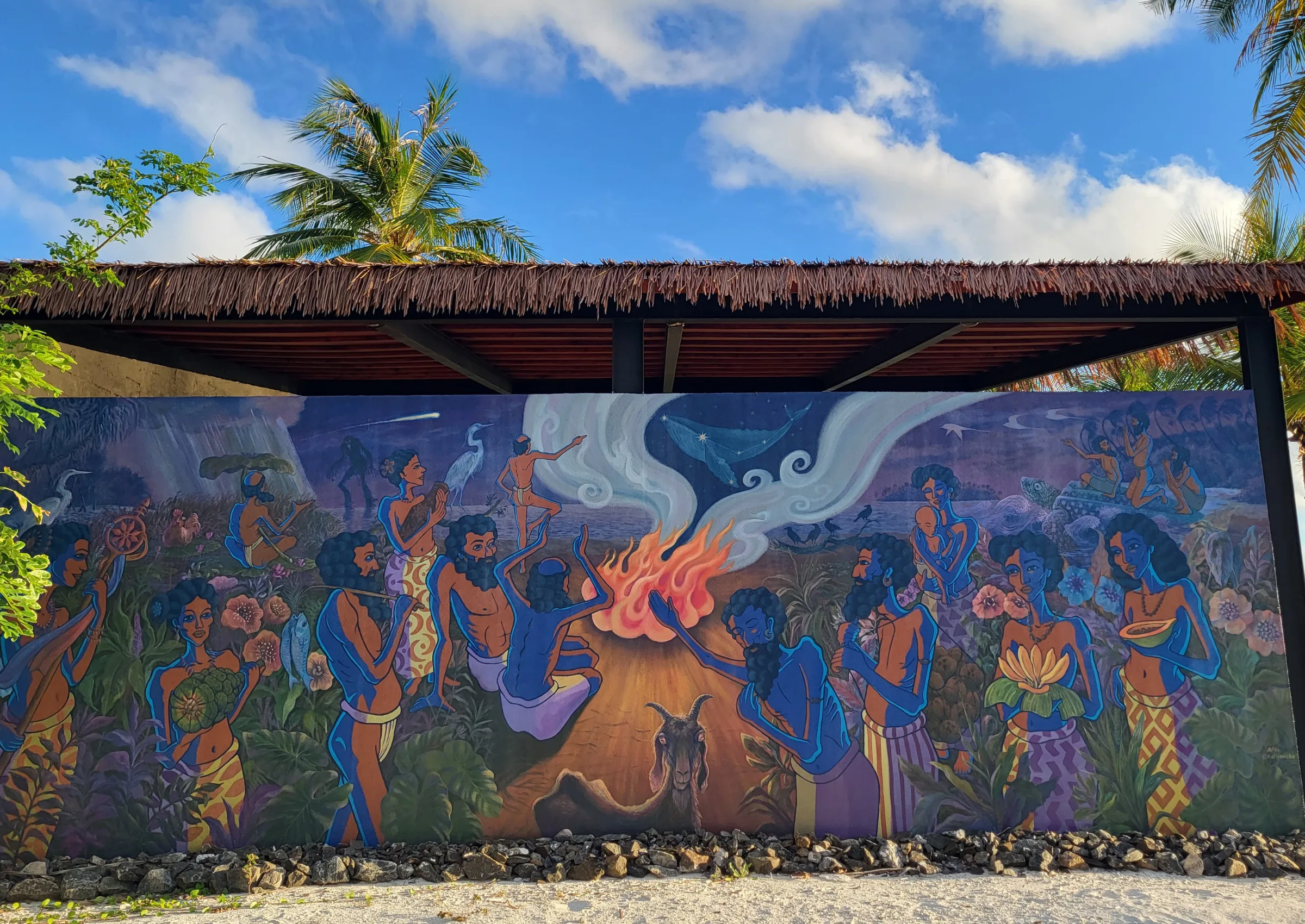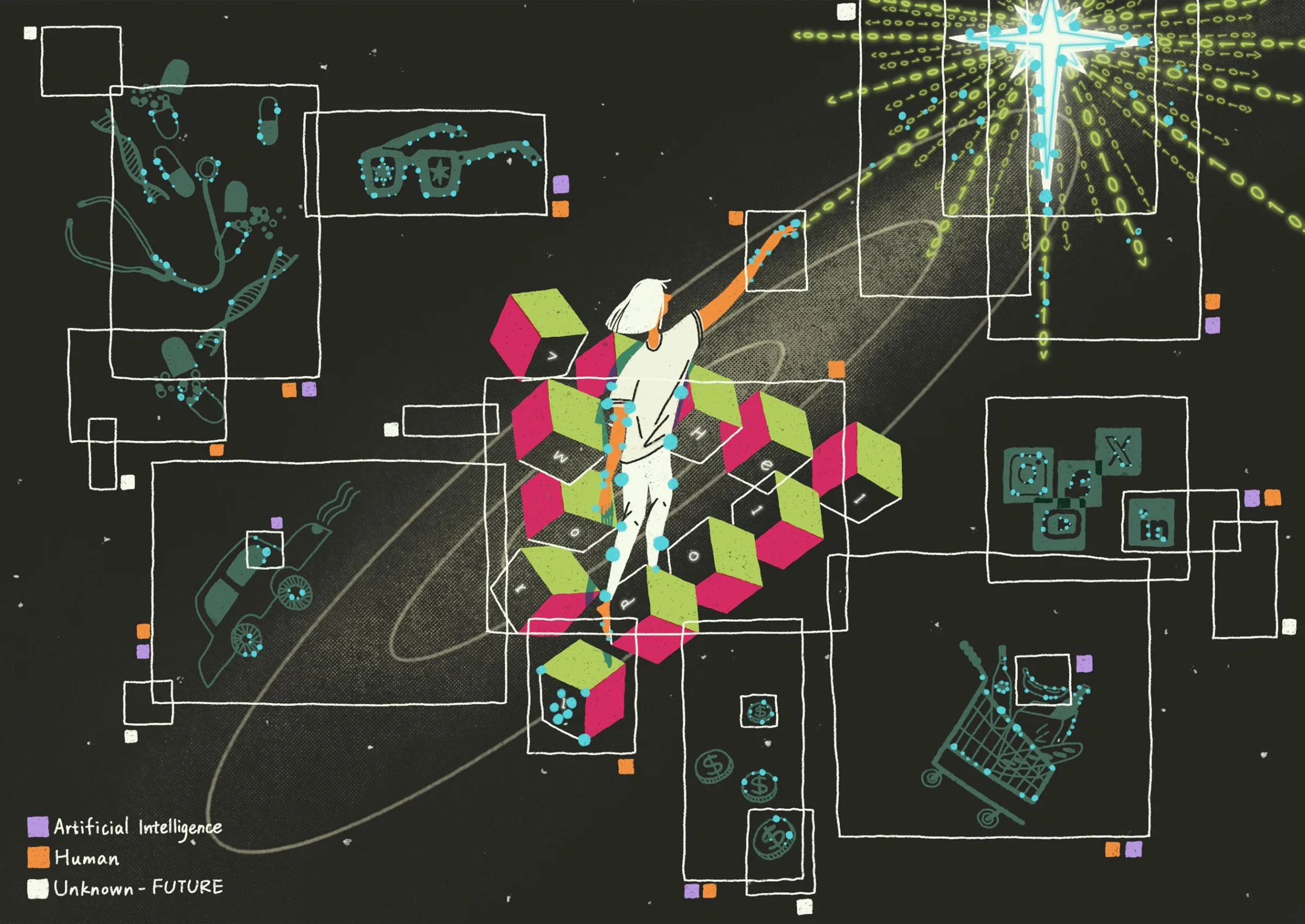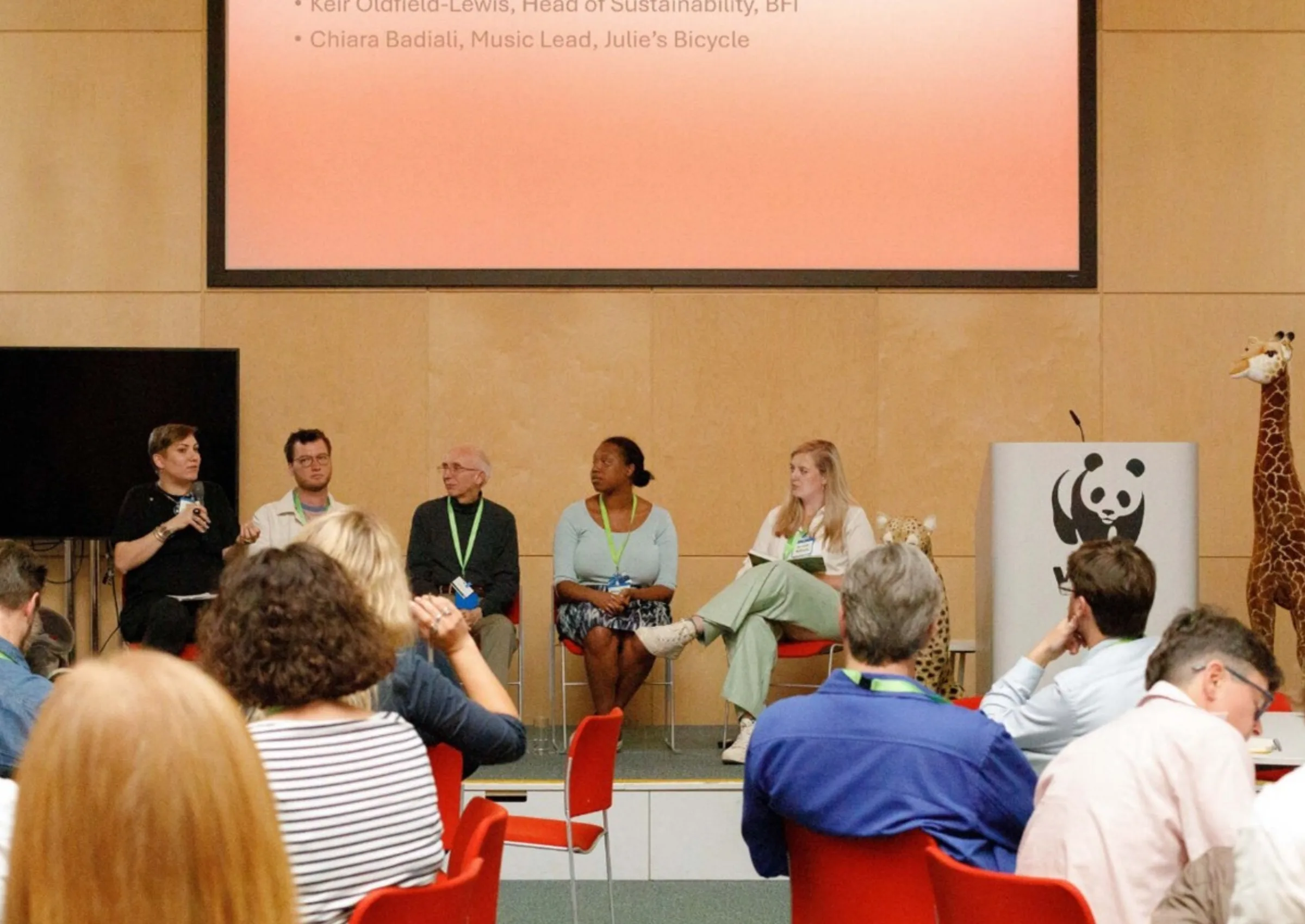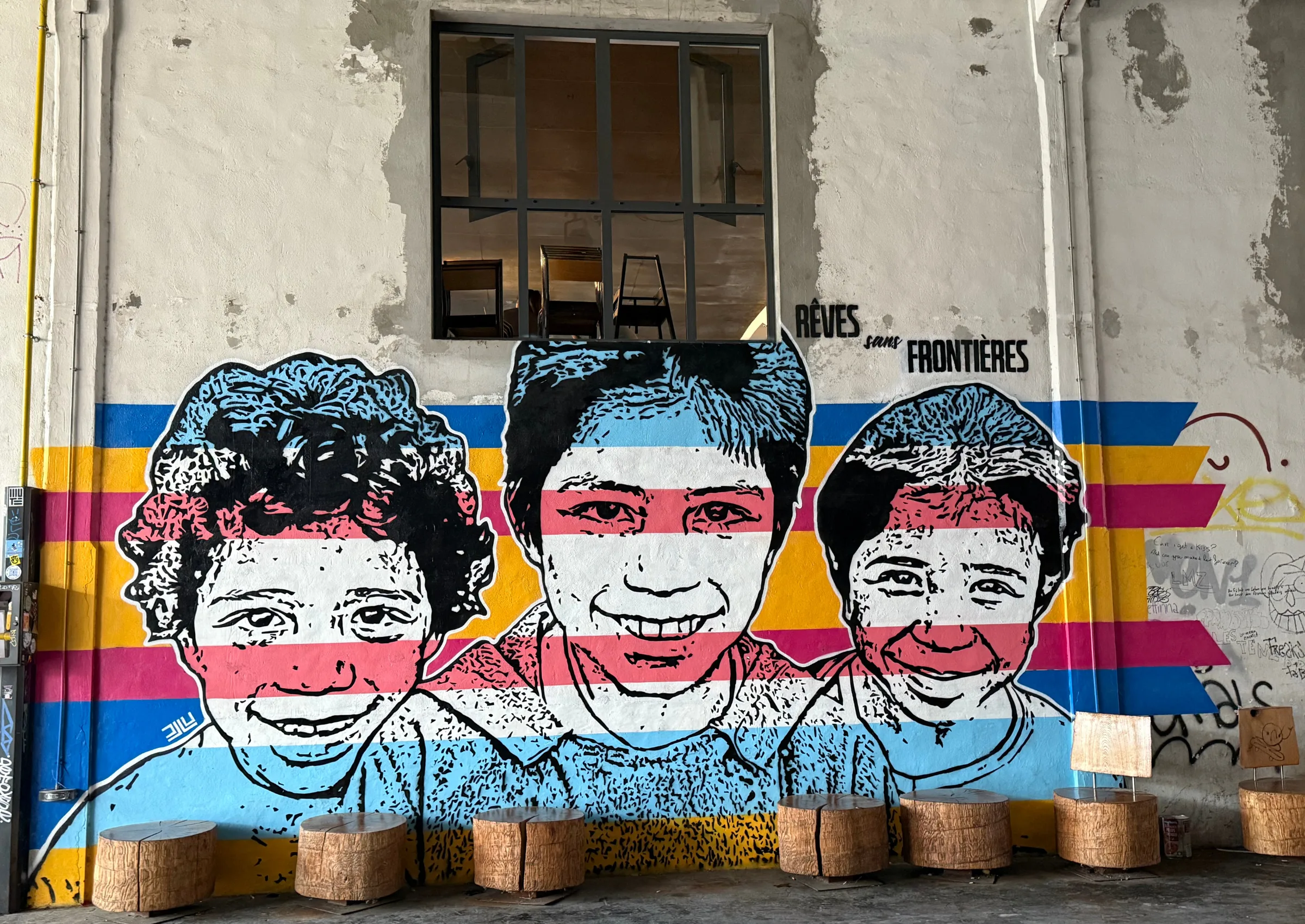At the start of the COVID-19 crisis, the UN Secretary General asked artists, filmmakers, musicians and others to help spread public health messages with the goal of flattening the curve of the global pandemic. While this may have been the first time the world has asked creatives for help, I doubt it will be the last. Now the creative economy itself requires help as part of a planned recovery from the recent global pandemic and its economic effects.
Creatives have been on the front line of COVID-19 economic collapse. Museums and theatres were among the first spaces to close in the current pandemic. Restaurants followed. Art fairs, fashion weeks and film festivals have been nixed. For most of us these closures means life is less fun, delicious and stylish. For many millions of people working in the creative economy the effects of what may ultimately be a 12 month shutdown are very serious.
Global creative industries generated $2.25 trillion in revenue (3 per cent global GDP), and formally employed 29.5 million people world-wide in 2013, the latest year for which UNESCO has commissioned research. The global creative economy is growing at 9 per cent annually; 12 per cent in the developing world. One key component of the global creative economy, the artisan sector, is among the largest in the informal economy employing more than 300 million people. One of the primary means of employment for women, the global artisan economy, is projected to reach a valuation of $985 billion by 2023.
Around the world, government, philanthropy and industry leaders have responded to the economic effects of COVID-19 with support for creative people, businesses and nonprofits. But these resources are insufficient relative to the size of the challenge. Investment must play a role.
The global economic recovery that started in 2008 and ended abruptly this year was shaped by a new force: impact investment. Today $31 trillion assets under management globally consider social and environmental effects alongside financial return. The impact economy is growing every year as financial leaders and corporate CEOs publicly commit to meet environmental, social and governance standards.
Not just for boom times, investments designed to do well financially while doing good for workers, communities and the environment have demonstrated how taking a larger perspective and a longer view translates to superior results when the market is volatile and declining. According to Morningstar, after showing greater resilience than conventional funds when stocks plummeted in the first quarter, sustainable equity funds available to U.S. investors “more than held their own” during the second quarter rebound. In fact, for the first half of 2020, 72% of sustainable equity funds rank in the top half of their Morningstar Categories and all 26 ESG (environmental, social, and governance) index funds have outperformed their conventional index-fund counterparts.
Analysis by BlackRock suggests outperformance has been driven by a range of material sustainability characteristics, including job satisfaction of employees, the strength of customer relations, or the effectiveness of the company’s board. The period of COVID-related uncertainty has reinforced convictions that ESG characteristics indicate resilience during market downturns.
While it is tough to plan for the future as we continue to count hospitalizations and deaths, the global slowdown imposed by the current crisis offers us a chance to imagine how we can build back better with creativity and conscious capitalism as pillars of a post-pandemic recovery. Entrepreneurs working in fashion, food, design, and media are drawing investors a map for where money needs to flow now and in the future.
Examples from the United States of how creatives used their businesses to get their communities through the tough time
- Industrial Sewing and Innovation Center (ISAIC) trains Detroiters for work in the apparel industry. Soon ISAIC will be opening a social purpose clothing manufacturing company, but right now they are responding to the critical shortage of personal protective equipment, managing a consortium of design and garment businesses to produce hospital approved sewn surgical gowns.
- At the MaKen Studios Art District in Philadelphia, Càphê Roasters, a vietnamese speciality coffee roaster, is delivering Joy Boxes to local residents packed with the essential non-essentials including craft beer, artisanal cheese, locally-roasted coffee and small batch ice cream.
- In Phoenix, UrbanPlough Furniture has introduced a new standing desk for people suddenly working from home. Making a desk employs one person for a week with health benefits and delivering the desks in the trucks of a local bread company keeps those drivers working too.
Now creatives are getting their communities ready for a comeback. Upriver Studios is building stages so New York’s Hudson Valley can be ready for film and TV production — and the jobs and tourism that go along with it — as soon as this crisis has passed. A mandatory two month pause in construction gave Upriver a chance to revise their plans to meet new industry safety standards. Backed by impact investors, this women-led, environmentally-friendly facility organized as a public benefit LLC is an example of conscious capitalism already working in the creative economy.
How can investors help the creative economy to build back better post COVID-19?
Invest with COVID-19 impact funds prioritizing the creative economy
Since 2015, Community Investment Management (CIM) has funded small business entrepreneurs. It prioritizes women and people of color in the US and 25 per cent of their lending is to businesses in the creative industries. Now CIM is opening a COVID-19 small business response fund which will focus on the creative economy, and is expanding to serve small and growing artisan businesses in emerging markets.
Invest with impact funds that include the creative economy
Many impact funds are backing creative economy businesses – even though their stated impact goals are to promote inclusion or benefit the environment. For example, Purpose Evergreen Capital invests in mature, profitable companies headquartered in the US and Western Europe, and is aligned with the UN Sustainable Development Goals. 60 per cent of the fund’s current portfolio investments and forward pipeline are in the creative economy. To learn more, read Hiding in plain sight: Impact investing in the creative economy.
Invest with funds focused on the creative economy
While the LISC NYC Inclusive Creative Economy Fund has closed to additional investment, new funds focused on US creative communities, affordable creative live/workspace, and social impact video games that were preparing to launch before COVID19, should be open later in 2020. In the meantime, investors can back the HEVA Fund focused on fashion, media and design in East Africa or Eiffel Tourisme et Culture, an impact fund investing in small and medium businesses in the cultural tourism sector in France.
The disruption of the global pandemic has been extraordinary. But we have the possibility for an inclusive and sustainable recovery fueled by creativity and conscious capital. We can build back better.
Photo taken by John F. Martin Photography for ISAIC – Fashioning the Future
Related Blogs
What UK Job Postings Reveal About the Changing Demand for Creativity Skills in the Age of Generative AI
The emergence of AI promises faster economic growth, but also raises concerns about labour market di…
Creative PEC’s digest of the 2025 Autumn Budget
Creative PEC's Policy Unit digests the Government’s 2025 Budget and its impact on the UK’s creative …
Why do freelancers fall through the gaps?
Why are freelancers in the Performing Arts consistently overlooked, unseen, and unheard?
Insights from the Labour Party Conference 2025
Creative PEC Policy Adviser Emily Hopkins attended the Labour Party Conference in September 2025.
Association of South-East Asian Nations’ long-term view of the creative economy
John Newbigin examines the ASEAN approach to sustainability and the creative economy.
Take our Audience Survey
Take our quick survey and you might win a National Art Pass.
Culture, community resilience and climate change: becoming custodians of our planet
Reflecting on the relationship between climate change, cultural expressions and island states.
Cultural Industries at the Crossroads of Tourism and Development in the Maldives
Eduardo Saravia explores the significant opportunities – and risks – of relying on tourism.
When Data Hurts: What the Arts Can Learn from the BLS Firing
Douglas Noonan and Joanna Woronkowicz discuss the dangers of dismissing or discarding data that does…
Rewriting the Logic: Designing Responsible AI for the Creative Sector
As AI reshapes how culture is made and shared, Ve Dewey asks: Who gets to create? Whose voices are e…
Reflections from Creative Industries 2025: The Road to Sustainability
How can the creative industries drive meaningful environmental sustainability?
Creating value: the creative economy beyond culture by Marta Foresti
Marta Foresti explains the value of international cooperation as she becomes Chair of the GCEC.
